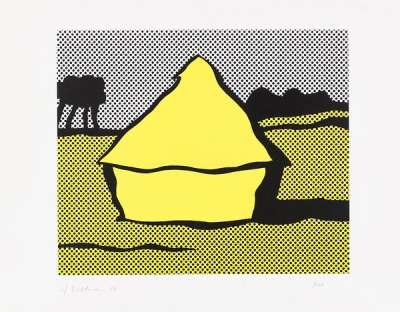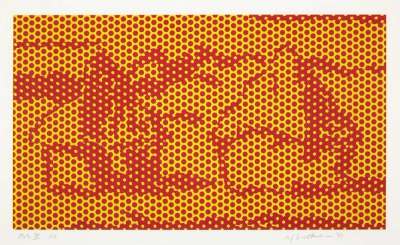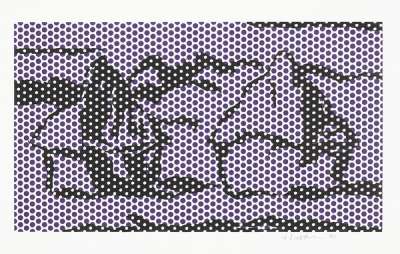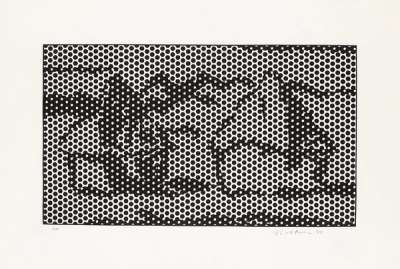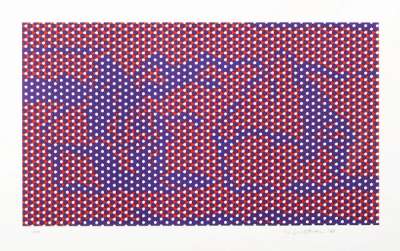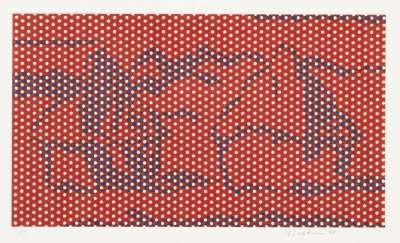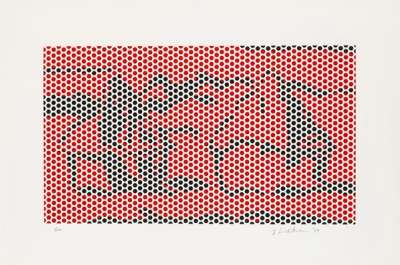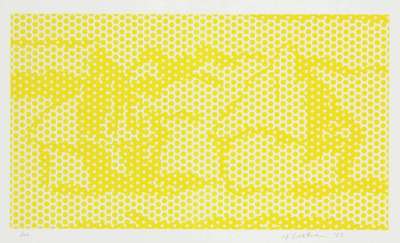
Haystack #6
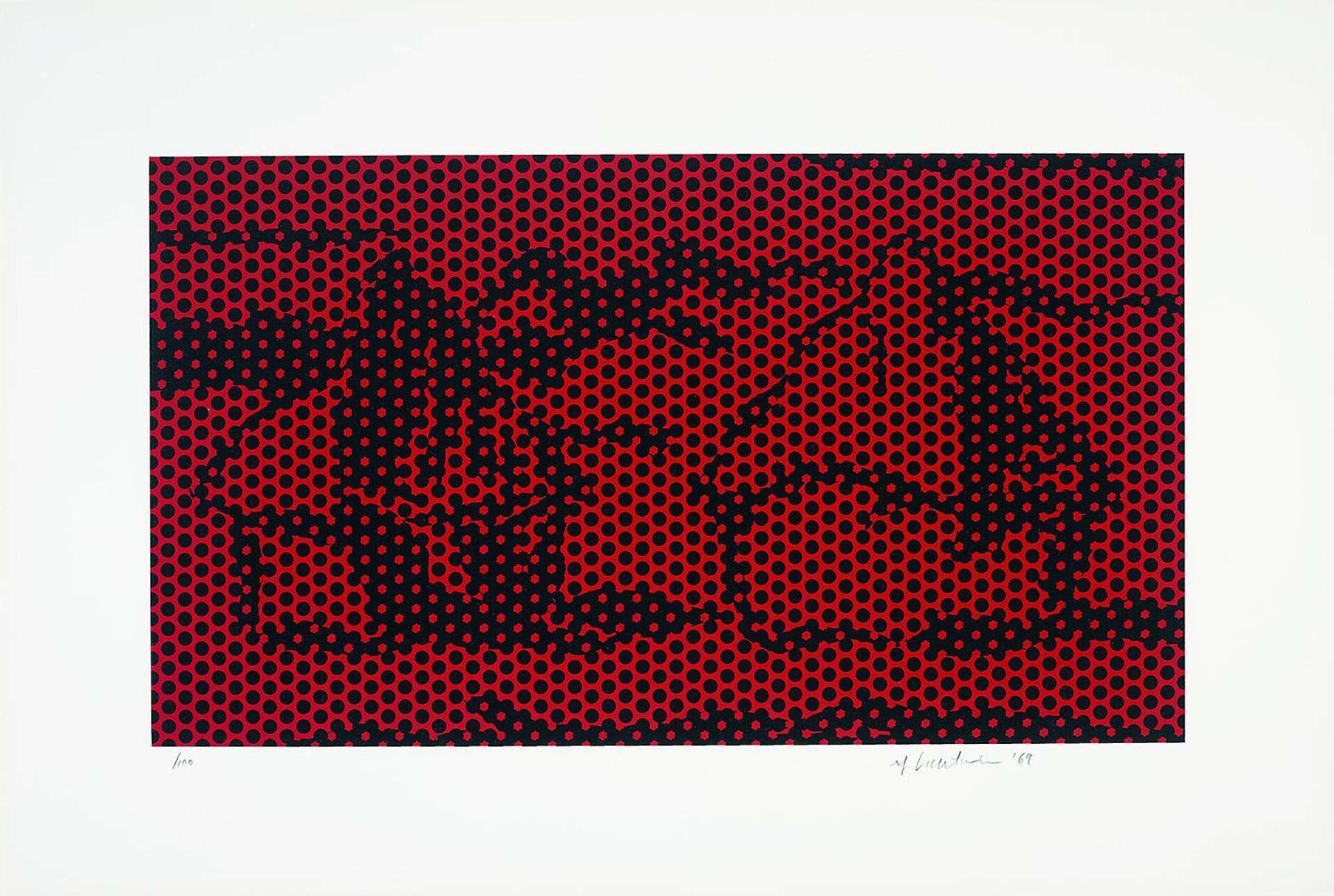
Haystack #6
Signed Print
Roy Lichtenstein
£7,500-£11,000
$14,500-$21,000 Value Indicator
$13,000-$19,000 Value Indicator
¥70,000-¥100,000 Value Indicator
€9,000-€13,000 Value Indicator
$70,000-$110,000 Value Indicator
¥1,420,000-¥2,090,000 Value Indicator
$9,500-$14,000 Value Indicator
AAGR (5 years) This estimate blends recent public auction records with our own private sale data and network demand.
There aren't enough data points on this work for a comprehensive result. Please speak to a specialist by making an enquiry.
Medium: Planographic print
Edition size: 100
Year: 1969
Size: H 34cm x W 60cm
Signed: Yes
Format: Signed Print
TradingFloor
MyPortfolio
Your collection tracked in real time.
Build your portfolio, manage valuations, view return against your collection and watch works you're looking for.
Track auction value trend
Auction Results
| Auction Date | Auction House | Artwork | Hammer Price | Return to Seller | Buyer Paid |
|---|---|---|---|---|---|
| September 2021 | Christie's New York - United States | Haystack #6 - Signed Print | |||
| April 2019 | Phillips New York - United States | Haystack #6 - Signed Print | |||
| October 2016 | Bonhams Los Angeles - United States | Haystack #6 - Signed Print | |||
| July 2013 | Christie's New York - United States | Haystack #6 - Signed Print | |||
| October 2012 | Bonhams San Francisco - United States | Haystack #6 - Signed Print | |||
| May 2011 | Germann Auctions - Switzerland | Haystack #6 - Signed Print | |||
| April 2011 | Sotheby's New York - United States | Haystack #6 - Signed Print |
Meaning & Analysis
Roy Lichtenstein repeatedly referenced various artists and schools of art historical thought over the course of his career. In 1969, he paraphrased French impressionist Claude Monet’s painterly studies dealing with the transience of light and colour in two masterful series of prints.
Both his Haystack series and his Cathedral series integrate colourful painterly gestures with the readymade qualities of printmaking. By doing so, they address hierarchical notions pinning high art against low art.
Lichtenstein’s Haystacks present a mechanical version of Monet’s stacks of harvest from 1891, directing criticism at art history’s claim that serial reproduction is devoid of originality. In fact, the prints in this series exhibit images that are in essence purer than their source material, seeing as they are controlled through their medium of commercial design.
In his Haystack prints, Lichtenstein replaces the spontaneous impressionist brushstrokes with his calculated signature Ben Day dots. Minimising the presence of light, he applies colour and hand-painted patterns as a means to parallel the objective of the original impressionist paintings. Similar to Haystack #5, Haystack #6 depicts the obscured image of the hayfield at nighttime. This is demonstrated through the dark red backdrop, which elevates the print’s black centre composition of the haystack.
